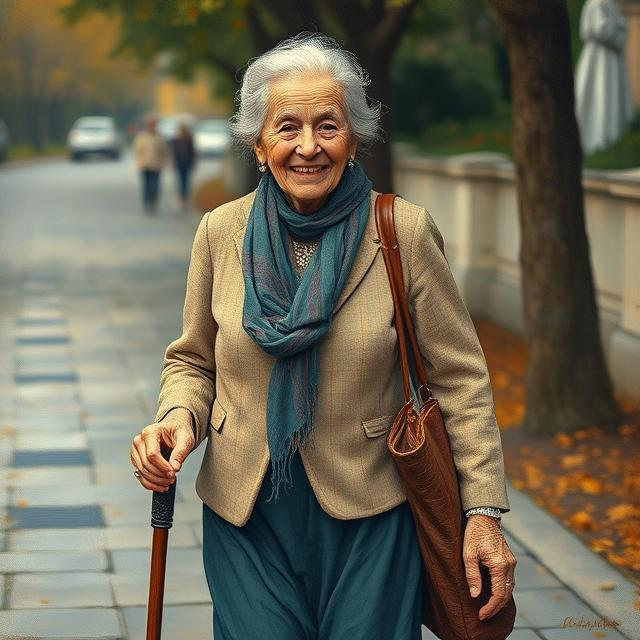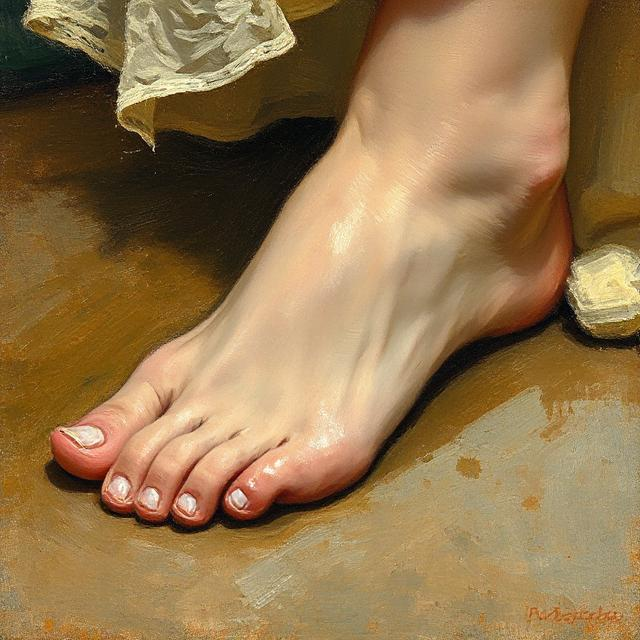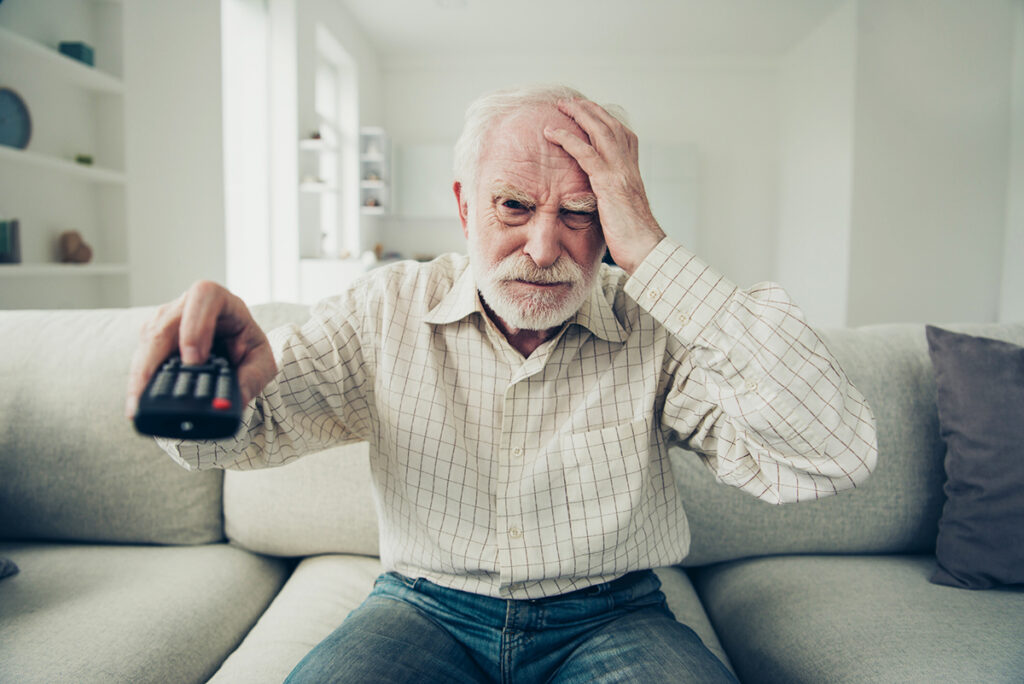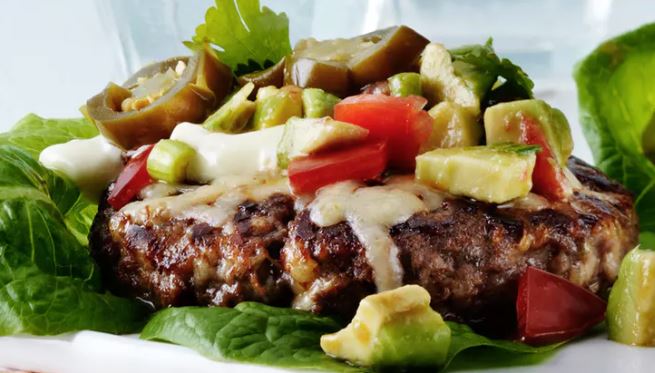There’s something about driving that feels like freedom. It’s not just about getting from point A to point B. It’s about independence. Control. Normalcy. For many older adults, the car keys represent far more than a vehicle—they symbolize a life lived on your own terms.
But aging has a way of slowly changing the rules, even if we don’t always notice it right away. First, it’s the glare of headlights at night. Then maybe your neck doesn’t turn as easily when checking your blind spot. Before long, your children—or your doctor—bring it up: “Maybe it’s time we talk about your driving.”
The truth is, there is no magic number that tells someone they need to stop driving. Some people are perfectly capable well into their 90s. Others may experience vision, reaction time, or memory issues in their early 70s that make it unsafe to continue. The only reliable rule is this: if driving no longer feels completely natural—if it’s starting to feel like work, or if you’re compensating without even realizing it—it’s worth checking in on your abilities.
So, how do you know when it’s time?
Start by paying attention to subtle signals. Are you getting honked at more than usual? Missing stop signs or drifting between lanes? Are familiar routes starting to feel confusing, especially at night or in bad weather? These may be signs your driving is changing—and not for the better.
Loved ones might notice before you do. If friends, family, or even neighbors are expressing concern, it’s worth considering their perspective. It’s not an accusation—it’s an act of love.
Still, for many older adults, the goal is to stay safely behind the wheel for as long as possible. And that’s absolutely possible—with intention.
Start with your health. Keep your vision and hearing checked regularly. Conditions like cataracts or glaucoma can sneak up slowly, and correcting them can dramatically improve your driving confidence. Manage chronic conditions like diabetes or arthritis, which can affect reaction times or physical control of the wheel. And stay active—regular movement and stretching can keep joints and muscles ready for action.
Next, stay mentally sharp. Driving isn’t just physical—it’s mental agility, memory, and judgment. Puzzles, reading, new hobbies, and social interaction can all help keep the brain tuned up.
Then there’s the car itself. Don’t overlook how much a vehicle can help—or hinder—you. If you’re still driving a low-sitting sports sedan from 2005, it might be time to upgrade to something with better visibility, backup cameras, lane assist, or other safety features tailored for older drivers.
And yes—take a refresher course. AARP and local DMV programs offer driving classes specifically for seniors. These aren’t about shaming—they’re about learning how to adapt to today’s faster traffic, denser intersections, and tech-filled vehicles. Many drivers come away feeling more confident and competent.
Eventually, though, the day may come when it’s no longer safe—or worth the stress—to drive.
That day doesn’t have to mean the end of your freedom. With ride-share apps, community shuttles, volunteer driver programs, and old-fashioned carpools, you can stay mobile. The key is planning for it *before* you’re forced to.
Talk to family about how to get to medical appointments or visit friends. Look into senior ride services in your area. Start practicing using Lyft or Uber while you still have your license. Think of it like learning a new route—one where you don’t have to grip the steering wheel quite so tightly.
If you have the means buy a car with self-driving capabilities.
Letting go of driving can feel like a loss. But handled with awareness, care, and support, it can also be a gain: a chance to focus on safety, connection, and freedom of a different kind.
Because real independence isn’t about doing everything yourself. It’s about knowing when to ask for help—and still getting where you want to go.






